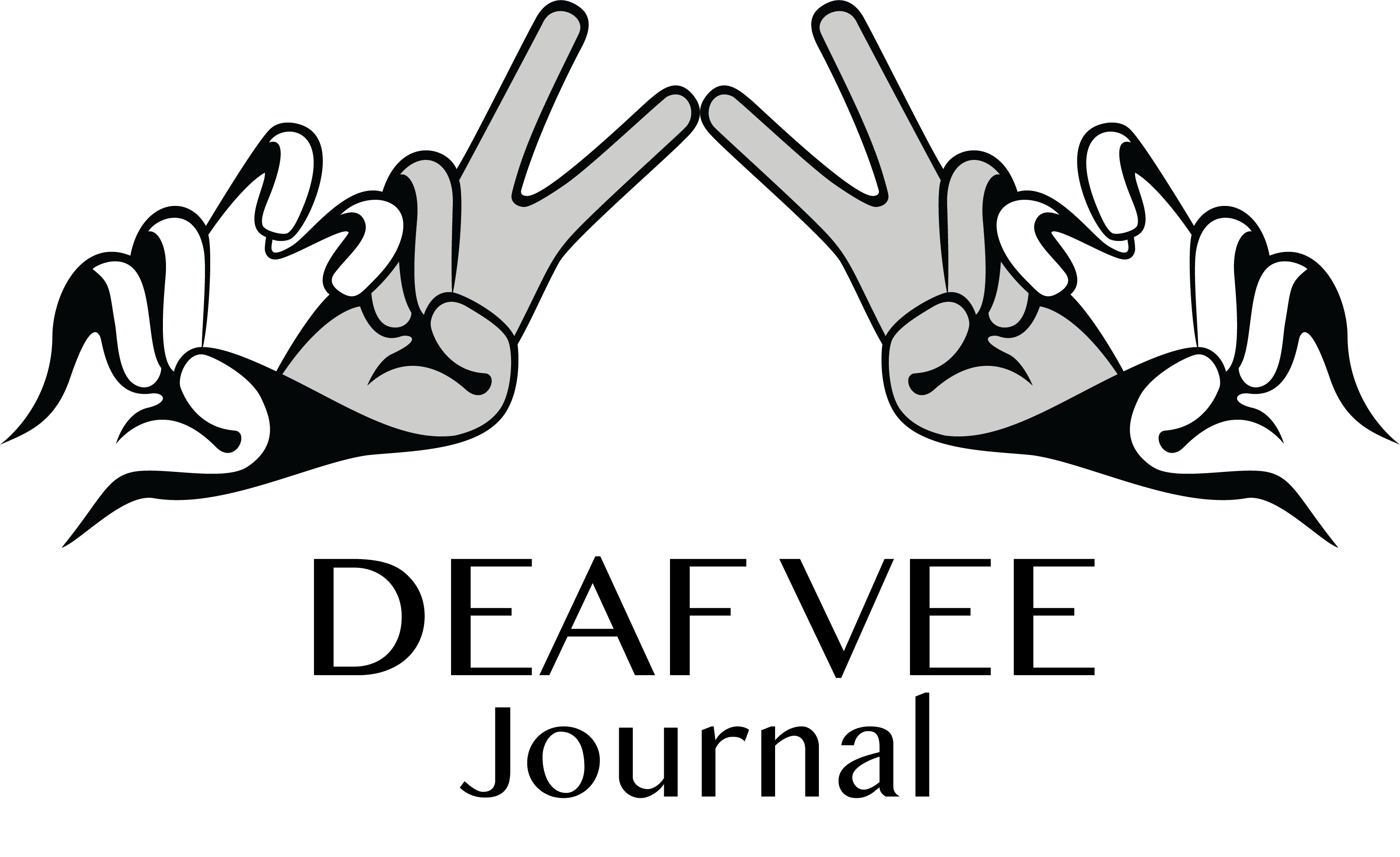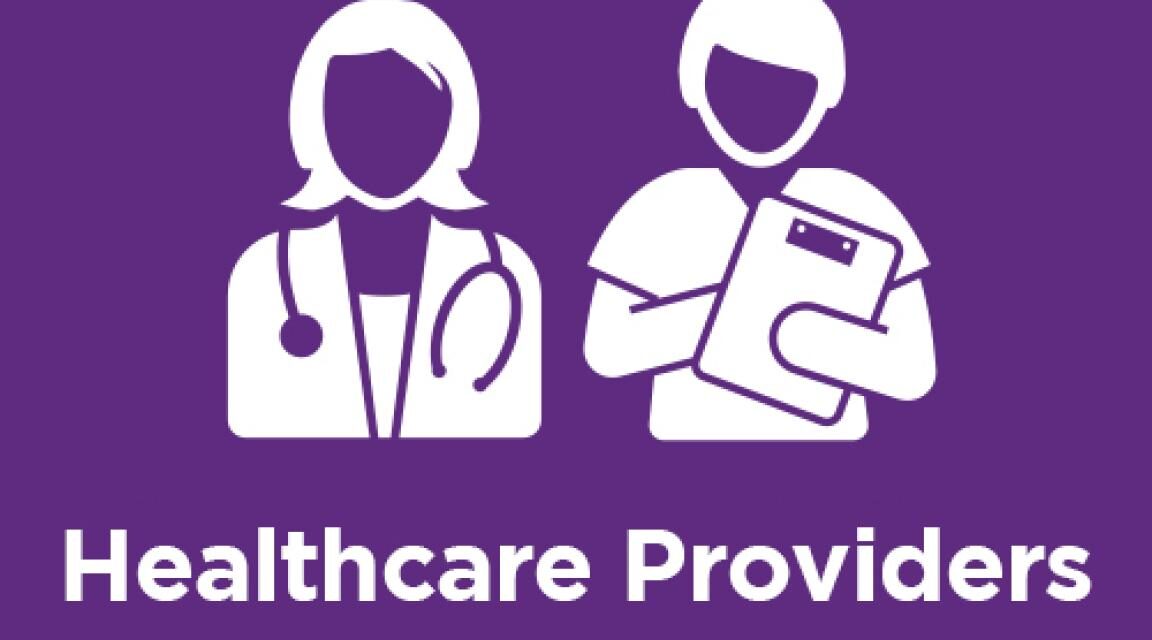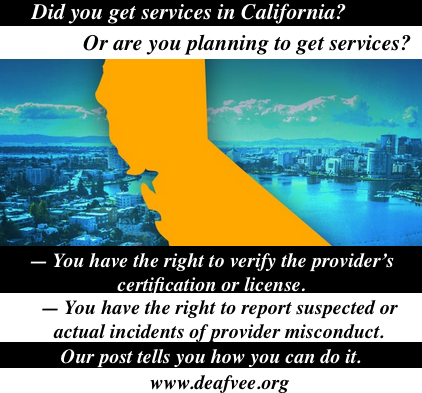Over the past decade, there has been a remarkable 72% increase in Deaf students enrolling in healthcare-related fields. This surge highlights the growing interest and capability within the Deaf community to pursue careers in healthcare, challenging traditional barriers and emphasizing the need for more inclusive education and training programs.
Historically, the Deaf community faced significant barriers in accessing healthcare education and careers. These challenges included a lack of accessible resources, communication barriers, and societal biases that often underestimated the capabilities of Deaf individuals. Recently, however, the narrative has shifted. The increasing enrollment of Deaf students in healthcare fields showcases their determination to overcome these obstacles and contribute meaningfully to the healthcare sector.
Advancements in technology have played a crucial role in this trend. Assistive technologies, such as video relay services (VRS) and captioning, have made it easier for Deaf students to access educational content and participate fully in classroom settings. The growing availability of online resources and remote learning platforms has also provided Deaf students with more opportunities to pursue healthcare education.
Advocacy efforts by organizations like the National Association of the Deaf (NAD) and the National Deaf Center on Postsecondary Outcomes (NDC) have been instrumental. These organizations work tirelessly to promote accessibility and inclusivity in education and employment for Deaf individuals. Their initiatives have raised awareness about the capabilities of Deaf professionals and have pushed for policy changes that support their inclusion in various fields, including healthcare.
The success stories of Deaf individuals in healthcare are both inspiring and indicative of the broader trend. Dr. Philip Zazove, one of the first Deaf physicians in the United States, has been a trailblazer in advocating for Deaf individuals in medicine. His success has paved the way for many others, showing that Deaf individuals can excel in demanding and complex fields like healthcare.
Additionally, the number of Deaf nurses is increasing, bringing unique perspectives and skills to patient care. Their ability to communicate with Deaf patients in sign language enhances the quality of care and ensures that these patients receive the same level of understanding and empathy as their hearing counterparts.
Despite these advancements, much work remains. The surge in Deaf students entering healthcare fields highlights the urgent need for more inclusive education and training programs. Educational institutions must continue to develop and implement strategies that accommodate the needs of Deaf students. This includes providing interpreters, captioning services, and accessible learning materials.
Healthcare training programs must also address the specific challenges that Deaf professionals may face in the workplace. This includes training on effective communication strategies with hearing colleagues and patients, as well as fostering an inclusive work environment that values diversity.
The 72% increase in Deaf students enrolling in healthcare-related fields is a positive and encouraging trend. It signals a shift towards greater inclusivity and recognition of the capabilities of Deaf individuals. As more Deaf professionals enter the healthcare workforce, they will not only provide valuable services but also serve as role models and advocates for future generations.
Educational institutions, policymakers, and healthcare organizations must continue to support and promote this trend. By doing so, they will help create a more inclusive and diverse healthcare system that benefits everyone.






